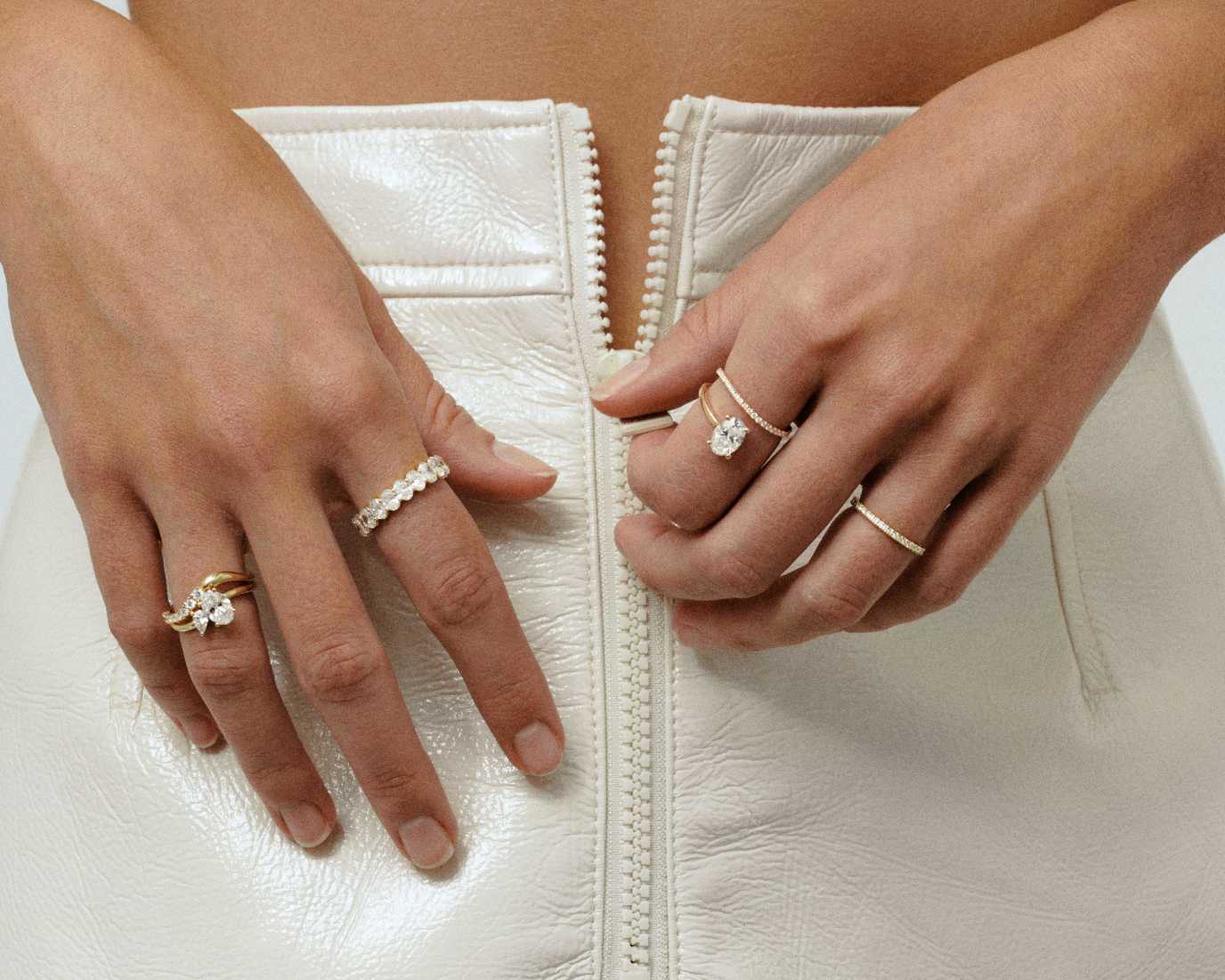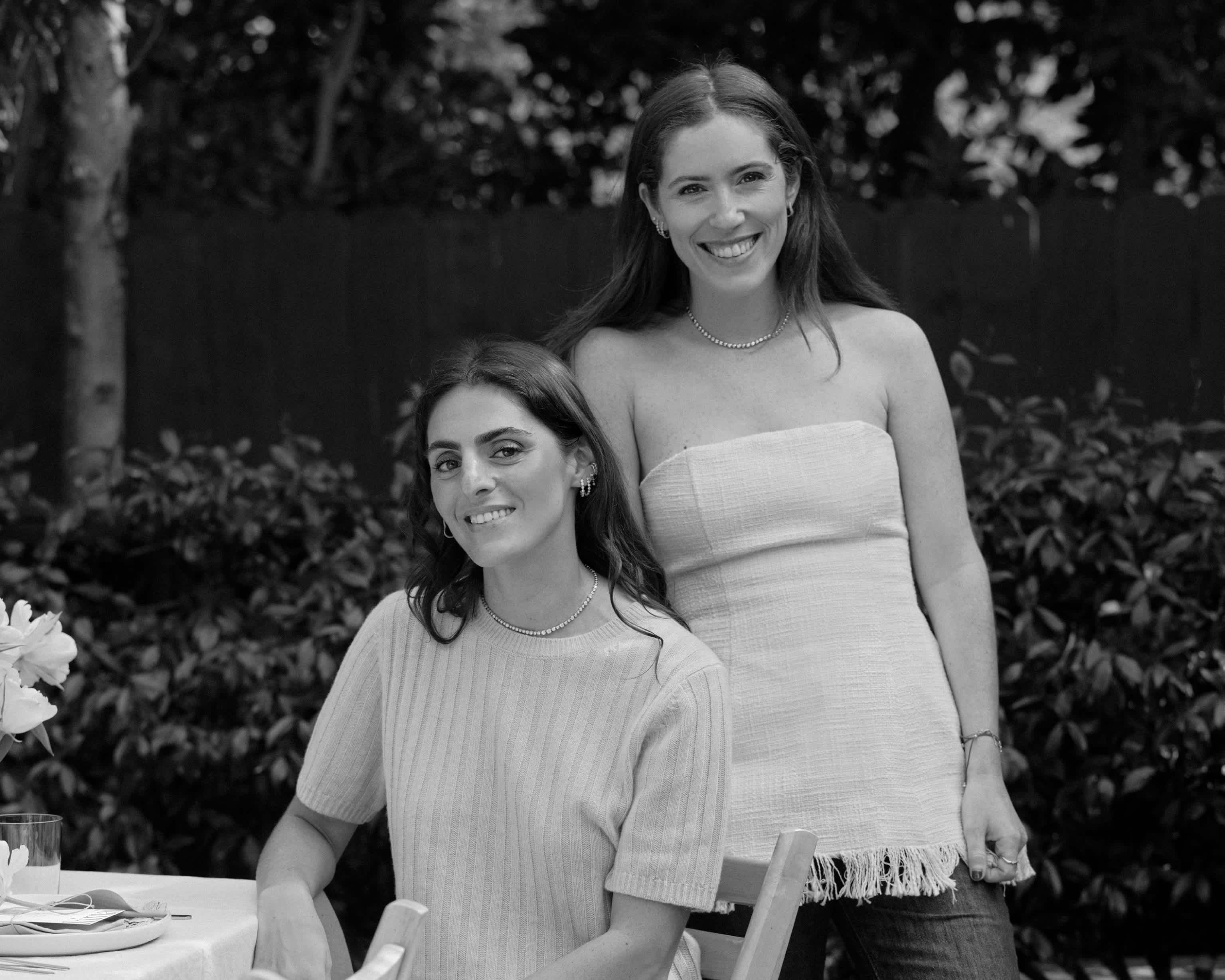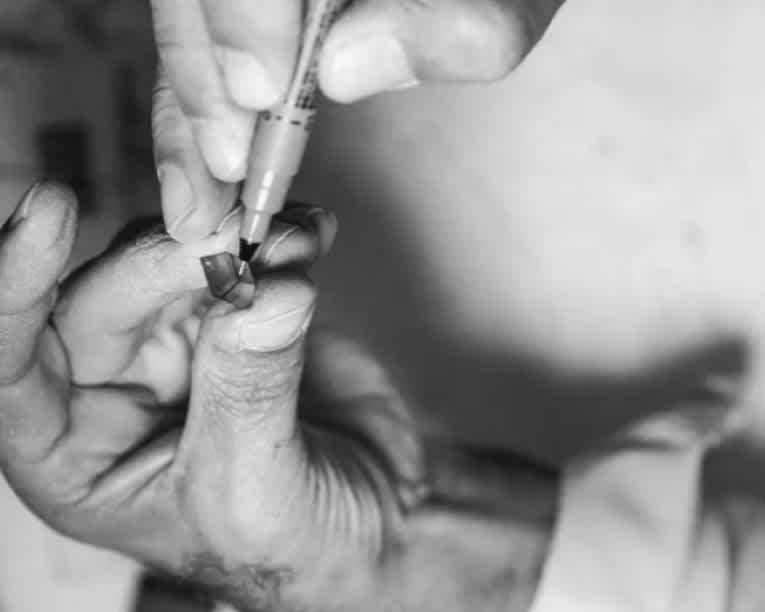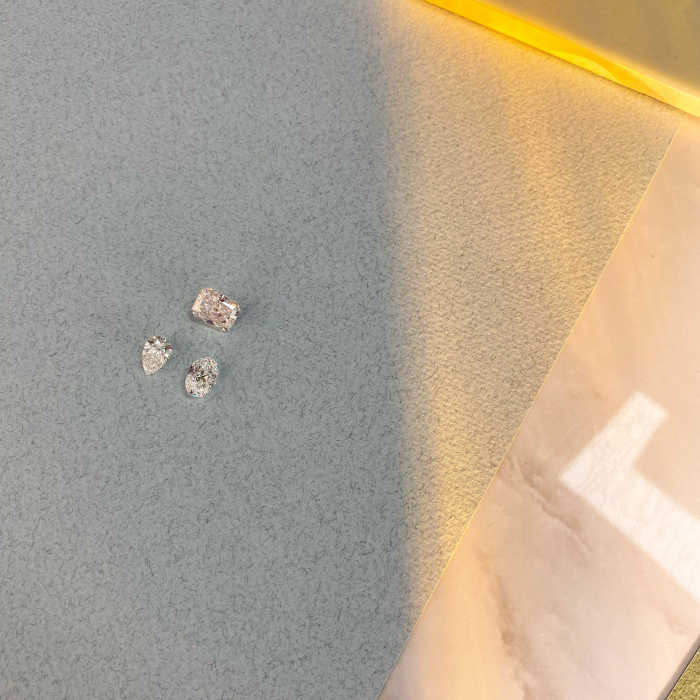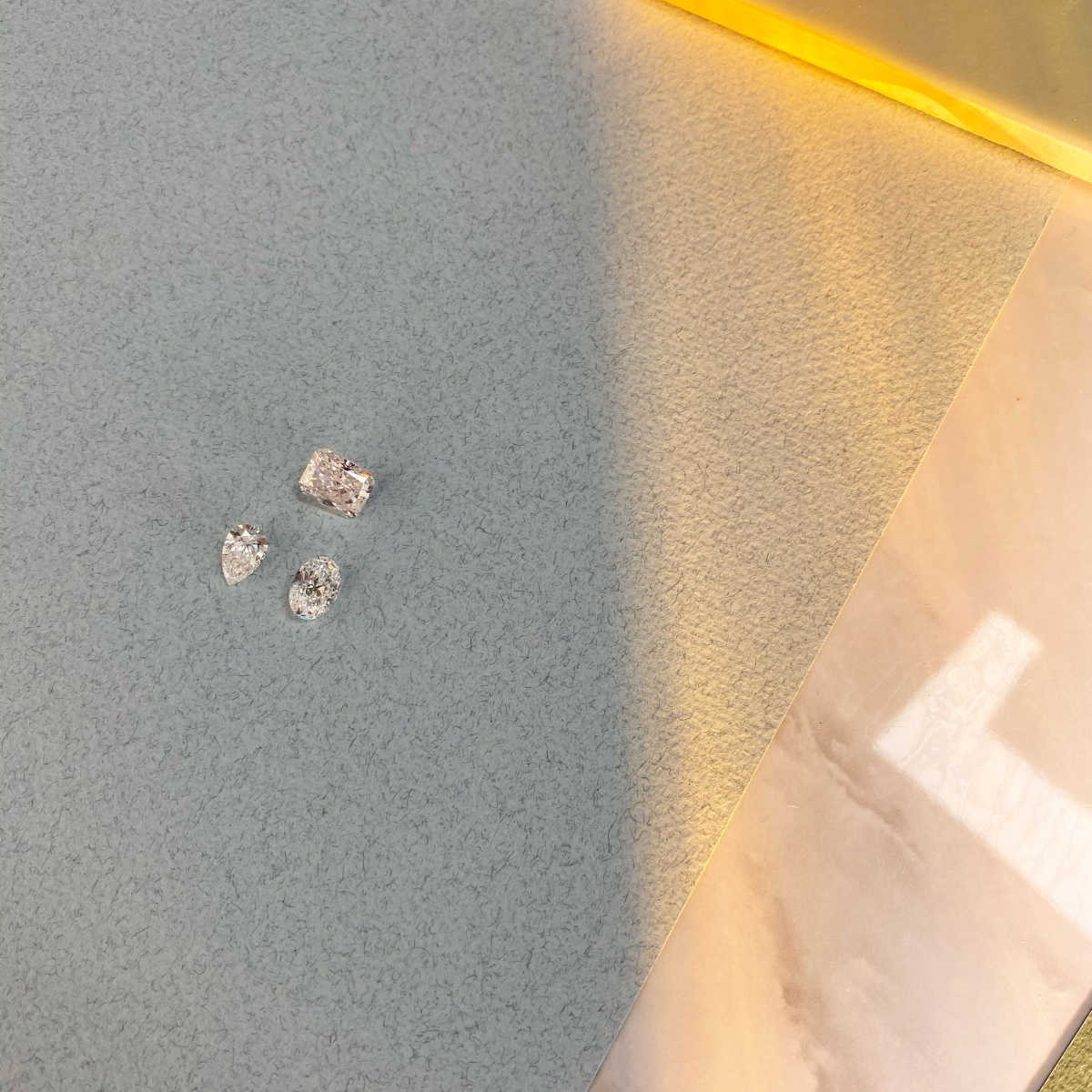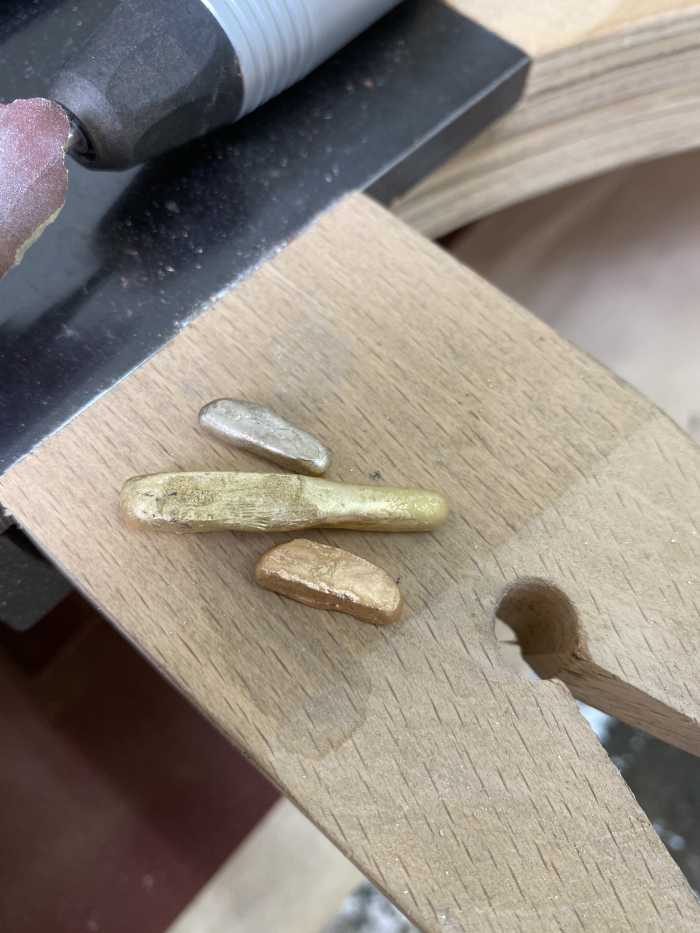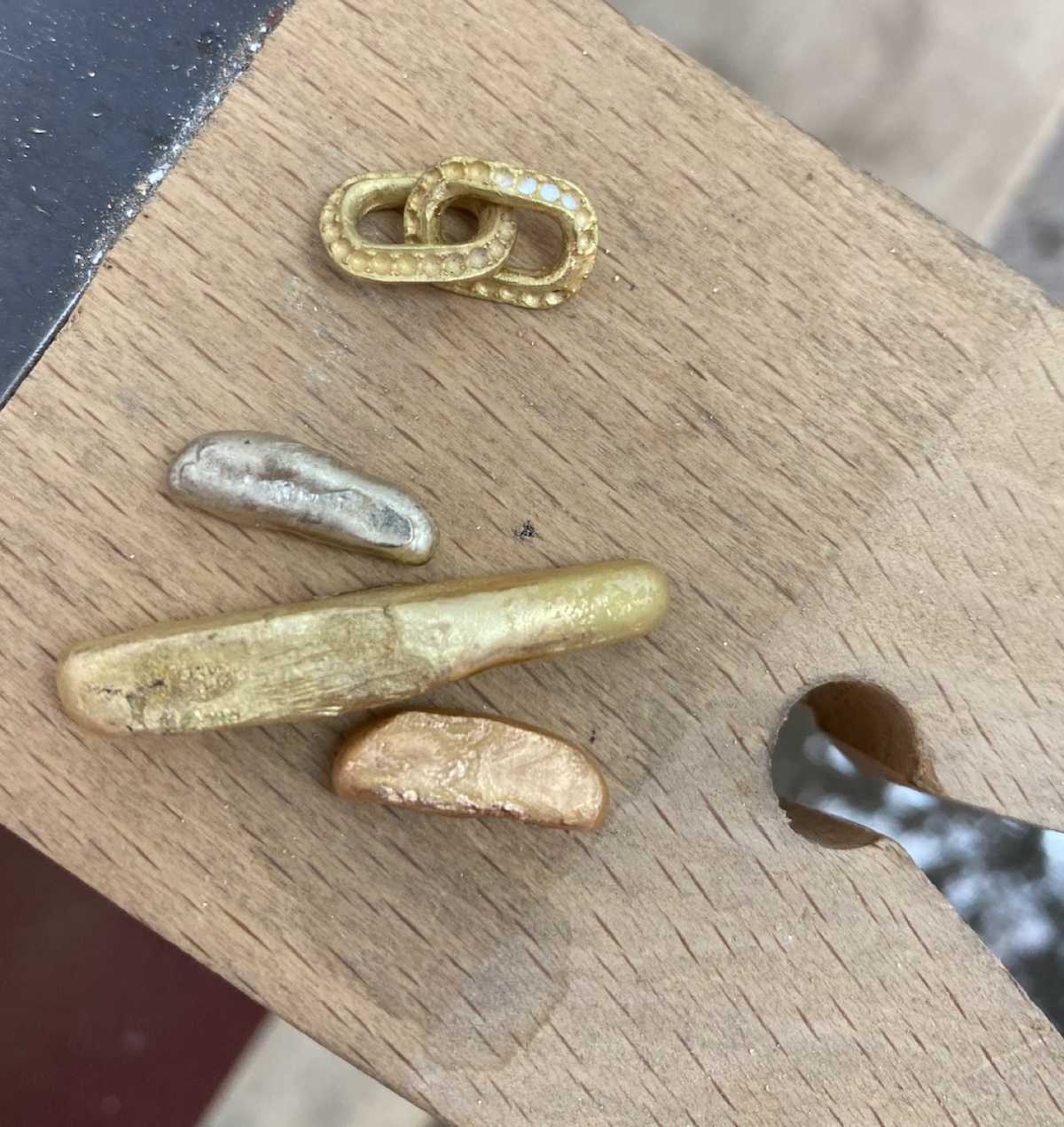Diamond buying guide


Choosing the right diamond is an important task, particularly if that diamond is one that will be worn all the time, like an engagement ring. The last thing you want is to look down everyday and notice a yellow tone, black spots or a lack of sparkle. That’s why we’ve put together a guide to the things you need to bear in mind when choosing that perfect stone.
How to choose a diamond
For an engagement
An engagement ring is a particularly special investment as it’s something that in principle, will be kept forever. Choosing the perfect diamond involves selecting your shape and the highest-quality options from the 4Cs (cut, colour, clarity and carat weight) that work within your budget.
Shape
The shape of your diamond is the launching point of your ring’s design as this will determine your targets for the 4C’s and will narrow down your search, making them easier to compare. Whilst it all depends on personal taste, the Round Brilliant cut is the most popular diamond for engagement rings as it boasts 58 facets, offering exceptional white light reflection (brilliance). It is also seen as the most timeless shape and therefore a ‘safe’ bet.
A diamond can, of course, be cut into any shape but the other popular choices for an engagement ring are Princess, Cushion, Oval, Emerald, Pear, Marquise, Asscher, Radiant and Heart shape.
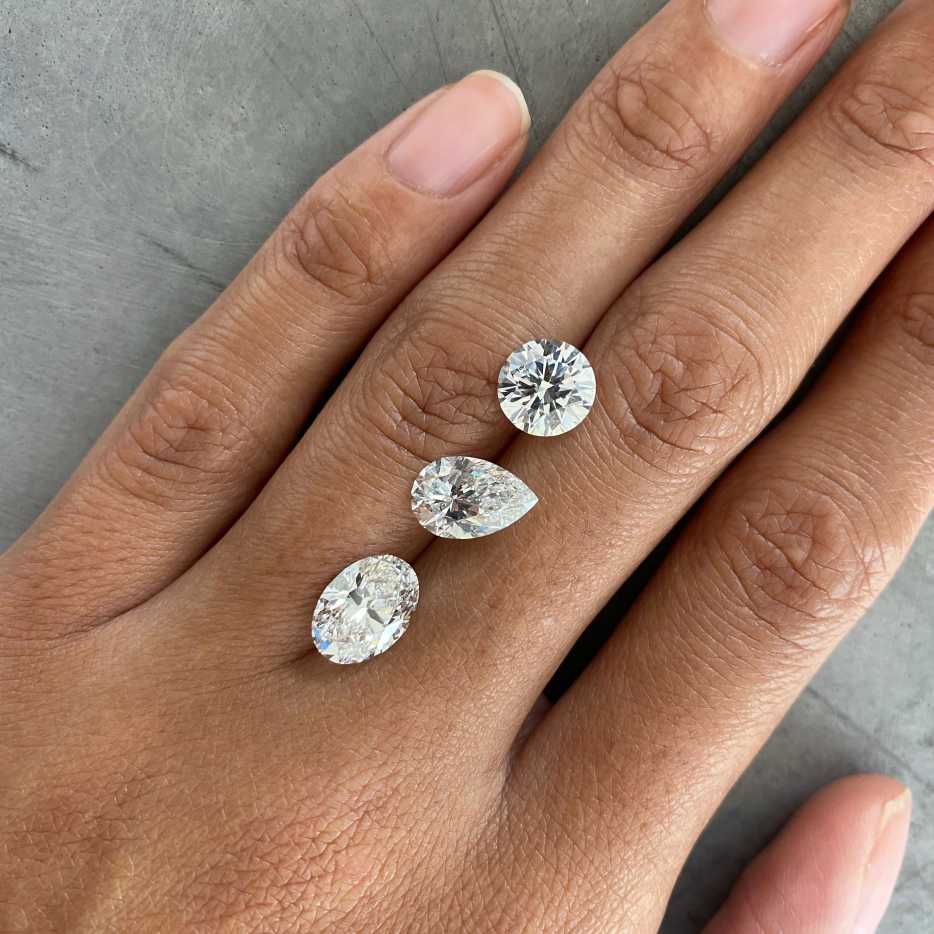
Carat
This affects how big the diamond will look. However, the shape and cut quality will also play a large part in this illusion, so a heavier carat weight doesn’t necessarily correlate with perceived size or beauty. In the UK, the average carat size for an engagement ring is around 0.6ct.
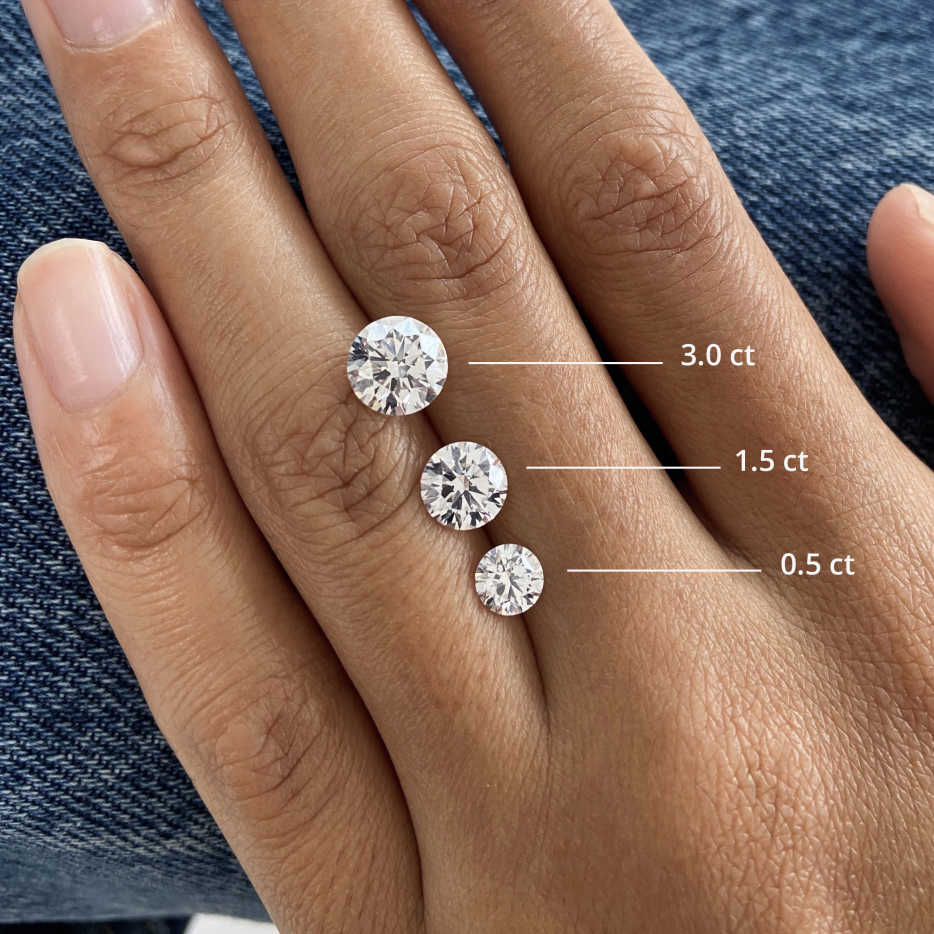
Cut
Cut quality greatly affects the beauty of the diamond so it’s strongly recommended that you search for an Excellent or Ideal cut for an engagement ring, particularly with a more classic shape like a round diamond. You can afford more leniency with the cut quality if you’re after a fancy shape, however as many jewellers don’t correctly report fancy shape cut grades.
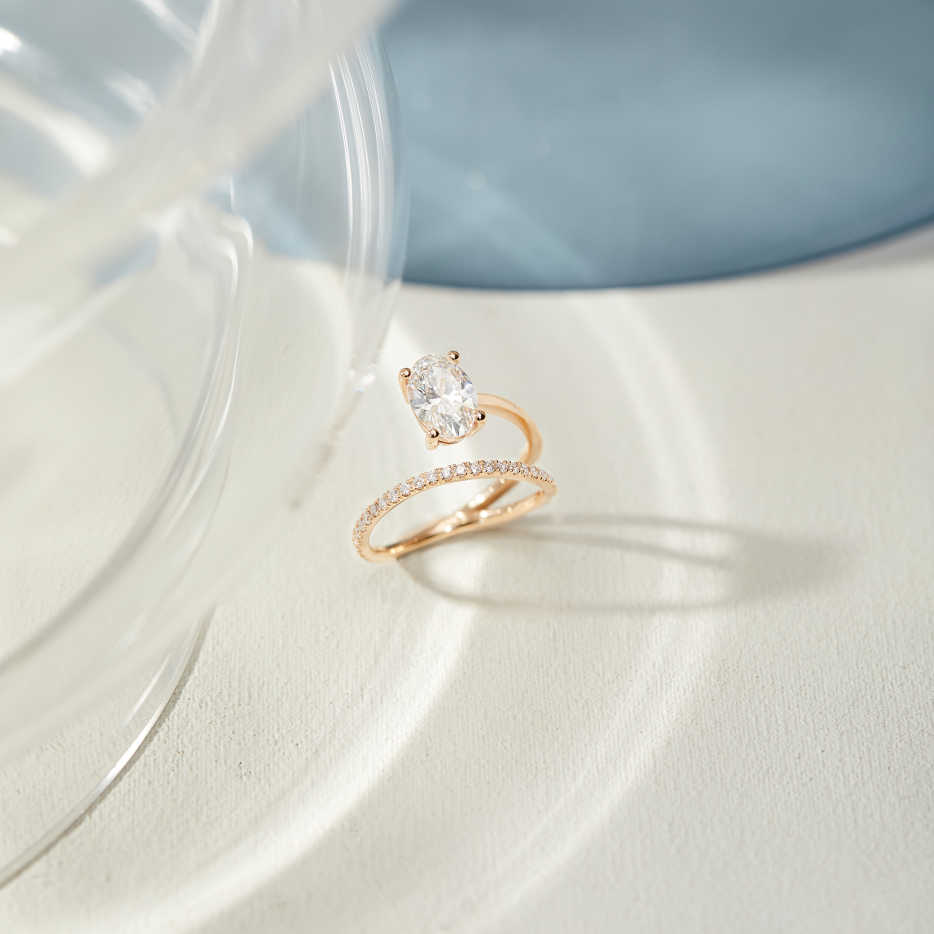
Colour
A white diamond is the most desirable when it comes to engagement rings, with D to F being a popular colour grade choice. Note here that different shapes reflect colour at different strengths, so this needs to also be weighed in the balance.
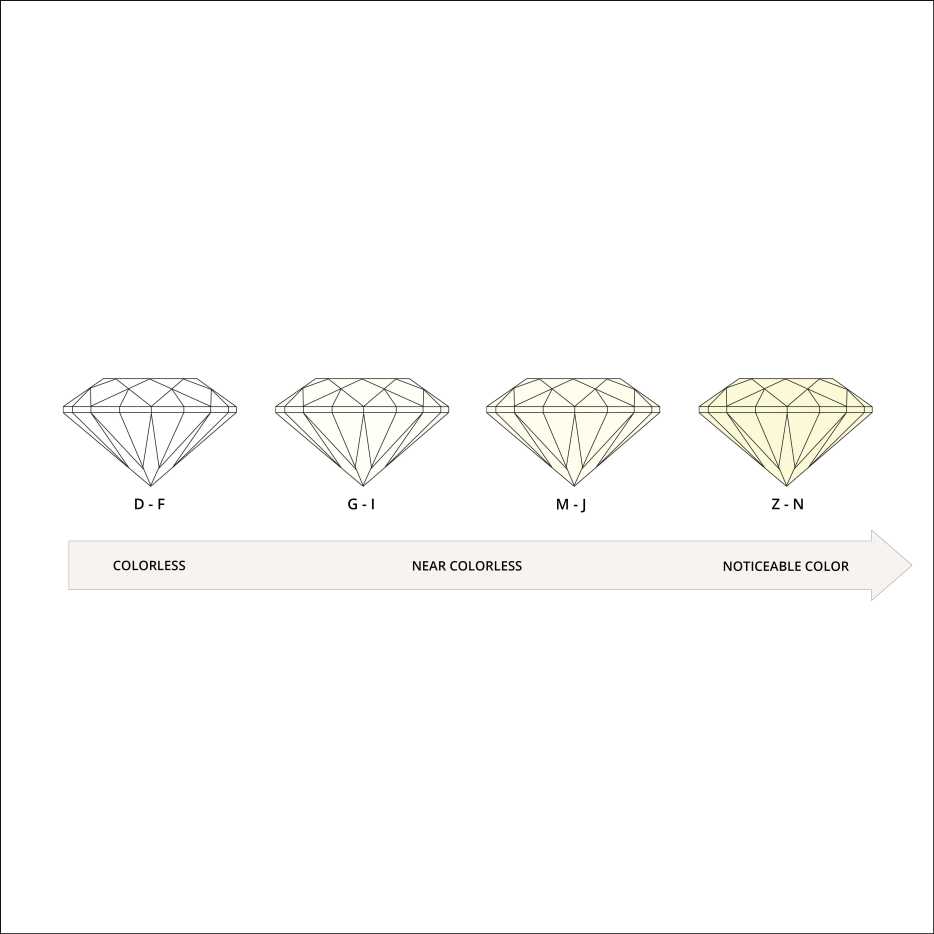
Clarity
If you’re looking for a classically beautiful diamond for your engagement ring, the highest clarity you can find is FL/IF (flawless), however these are rare and expensive. You can actually find a diamond in the VS1–VS2 range that will not have any visible inclusions or blemishes to the naked eye, making this a great choice. Diamond size is also important when considering clarity, as inclusions within 1.5 carats and above can be more visible due to the larger table facet and can be spotted with the naked eye. It’s recommended to never prioritise size over clarity when it comes to an engagement ring, despite the temptation.
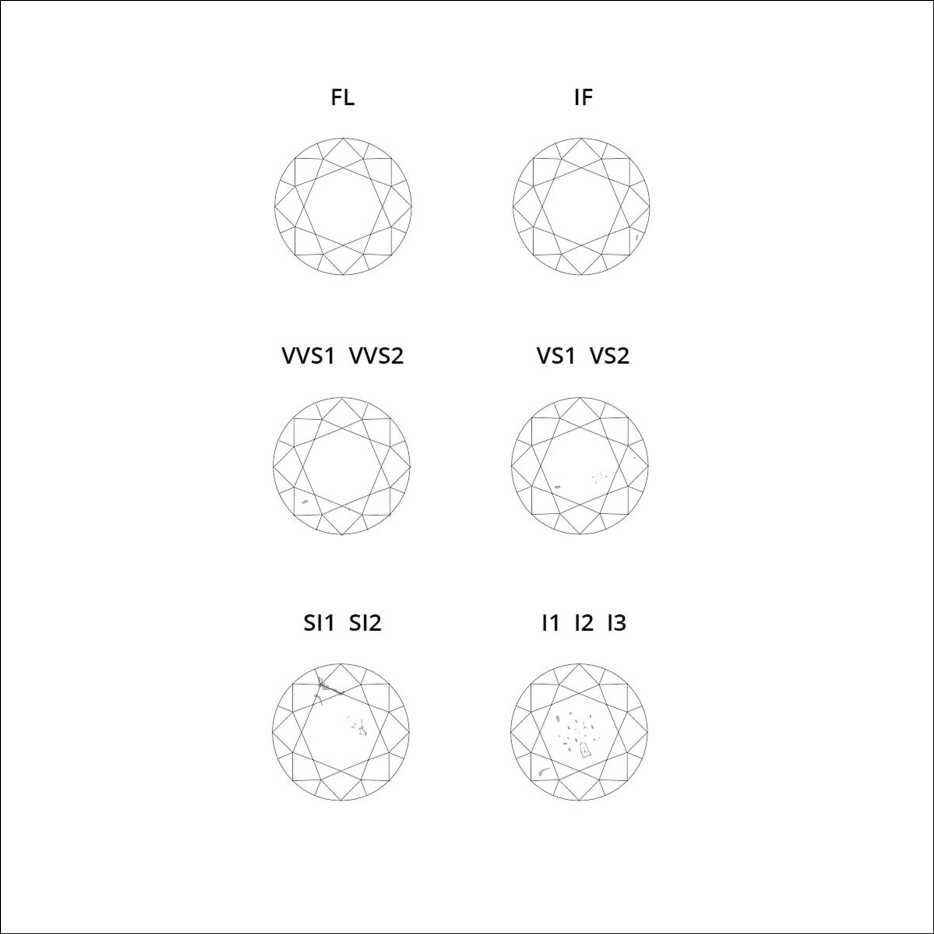

For everyday wear
Like with an engagement ring, if you are purchasing a piece of jewelry to be worn everyday, it’s important to get it right. The same rules apply, however with diamonds for everyday wear the focus will unlikely be on one centrepiece stone, meaning there can be a little more give in terms of quality.
Whether it be earrings, a necklace or bracelet, everyday designs often feature a line or cluster of smaller stones. This means that small inclusions, for example, are less visible and it will still appear relatively bright even at average clarity.
Testing and certification
When buying diamond jewelry it is very important to have the correct certification, this will verify that the diamond is up to scratch.
Diamond certificates are issued by accredited gemological laboratories, like the Gemological Institute of America (GIA) and International Gemological Institute (IGI). This report will contain information about a diamond's characteristics based on an expert's scrutiny of the 4Cs, for example, its carat weight, colour, clarity, and cut. Professional tools, such as a loupe or microscope will be used during this process. Its final grade significantly impacts the diamond’s price.
Not all diamond certifications are equal. Some labs are loose and inconsistent in their grading methods so it’s very important that you purchase a diamond with one from a highly reputable source (like the GIA and IGI).
Price and value comparison
Most of the 4 C’s of diamonds have a sweet spot where beauty and value meetup. For example, at the top grading levels an increase in grade is not going to offer a noticeable difference in beauty to the naked eye. Generally, the lower down in any of the 4C scales, the more noticeable the difference in appearance and the bigger in grading disparity, as well as price.
Cut
The precision, proportions and symmetry of the cut greatly impacts the overall price and we recommend that you do not compromise on this. If the facets are cut proportionally, the diamond will have a brilliant return of light and will significantly increase its beauty. A lower grade however, will result in an underwhelming diamond that doesn’t dazzle like it should. That’s why a higher graded cut is worth the money and it’s recommended to spend more on this than colour or clarity. Choose an Excellent or Ideal cut grade for a central engagement ring stone.
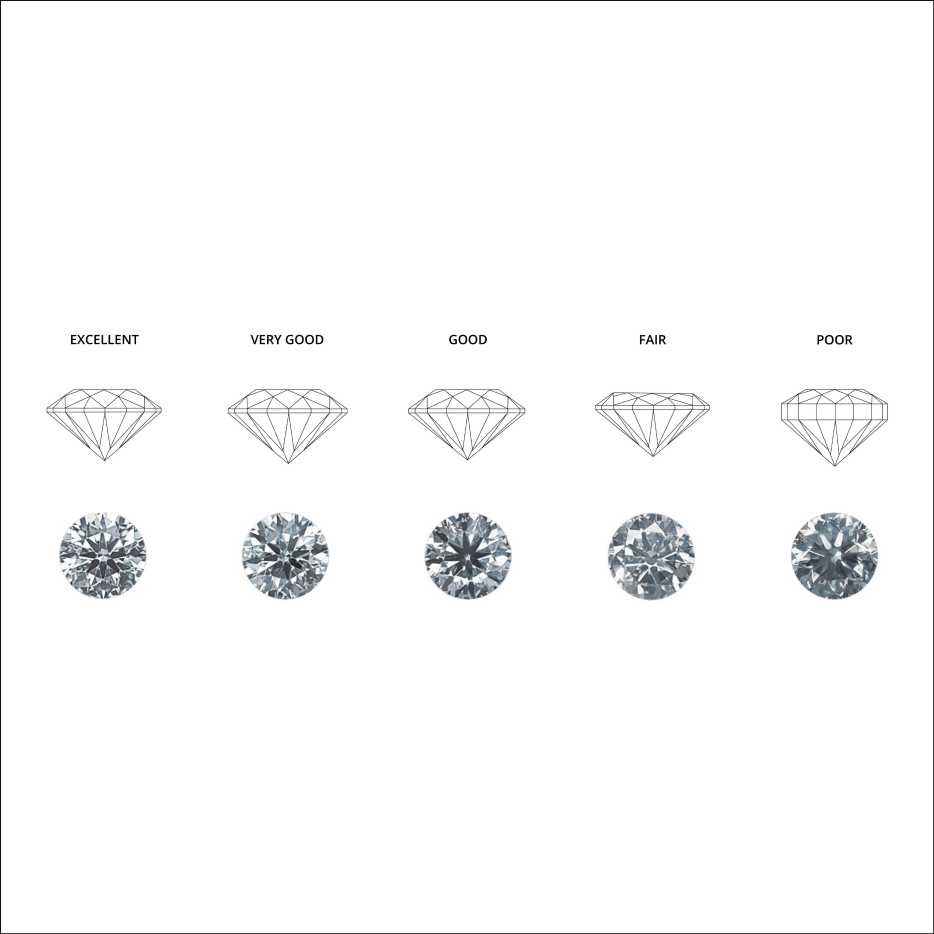
Colour
If the colour is very obvious to the naked eye it will affect its price. Subtly coloured diamonds are quite common, it’s actually rare to have a completely colourless lab grown or mined diamond which is why they are much more valuable. Within the grading scales, colour variances can change value by 10% or more, this can sometimes be even thousands of dollars. Colour is more visible in bigger diamonds, so it’s strongly suggested that anything over 1ct needs a H or higher colour grade. Certain diamond cuts can actually hide colour better than others.

Clarity
Princes increase linearly in the lower grades but the higher the grade, the higher the disparity between price and clarity. A jump from slightly included stones (SI) to very slightly included stones (VS) isn’t going to be huge but when you reach the VVS or IF levels, prices start to follow a steep curve and rise dramatically. The more flaws that are visible under magnification, generally the less expensive it becomes. For example, a one carat diamond with a colour grade of G and a grade of S12 on the diamond clarity scale could sell for $5000, whilst a diamond of the same size grades with a clarity of VVS1 will sell for $10,000.

Carat
More than 90% of polished diamonds are cut to maximise weight instead of optical performance. This comes down to better profitability for upstream businesses. Polishing a diamond to achieve better cut quality would require more effort and weight to be taken off the rough stone so when faced with the decision, the cutter will sacrifice beauty. Jewellers call the ideal weights or ‘magic numbers’, ‘under-sizes’, which means the diamond weighs just below a cutoff weight. It’s often cheaper to buy an item that consists of lots of smaller stones instead of a single large diamond because of the way this pricing system works.


Band size and setting
Settings can make a diamond appear larger, for example the halo has a ring of smaller diamonds around the central stone and the ratio creates the illusion of a larger diamond.
A thinner band can also create a perspective that makes the central stone seem much larger. Usually a pavé band, featuring small embedded diamonds can have this effect.
Lab grown vs mined
Lab grown and mined diamonds are graded in exactly the same way, meaning they have both been through the same rigorous process of quality assurance.
The origin of mined diamonds however, are practically untraceable. They are often passed unethically through multiple hands before they reach you. In comparison, lab grown diamonds are grown in a controlled and ethical environment, with a fully traceable origin. This means that for the same assurance of quality, you can also have a diamond that is guilt-free.
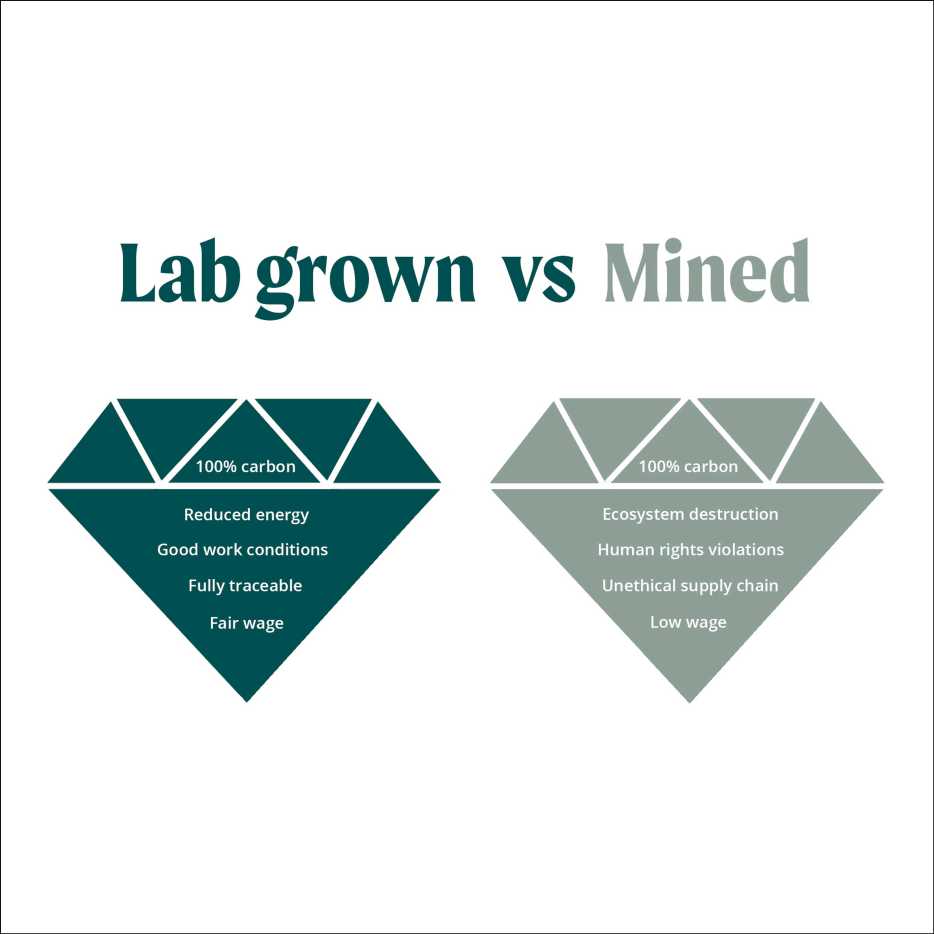
Where to buy a diamond
It’s highly recommended to talk to an expert about the sort of diamond that will best suit your taste and sit within budget. Once you have a bit more of an understanding about this and narrow down your options, you will find it easier to search for what you are looking for on the internet or in a jewelers.
Always choose a source that can prove their diamonds have been graded in a reputable laboratory. At Kimai, all our diamonds come with a certificate issued by accredited gemological laboratories, like the Gemological Institute of America (GIA) and International Gemological Institute (IGI) so you may be assured of their quality. We only ever use diamonds that are graded:
Cut - Very good to excellent cut
Colour - D to F
Carat - for engagement ring (0.50ct to no limit)
We think it’s also important to note that most diamonds are graded when they are 0.50ct and above but not under.
Clarity - VS2 and above
If the ethical source of your diamond is important to you, second hand diamonds are also a good choice. Kimai offers a second life service that will transform your pre-loved jewelry into a brand new bespoke design.
Relevant Categories

Ring Guide
Looking to buy a new diamond ring, but not sure where to start? If you're unsure about the best place to be... Read More
Want to learn more about lab grown diamond?
Book an appointment with one of designers and discuss any questions you might have, or what your needs may be.


